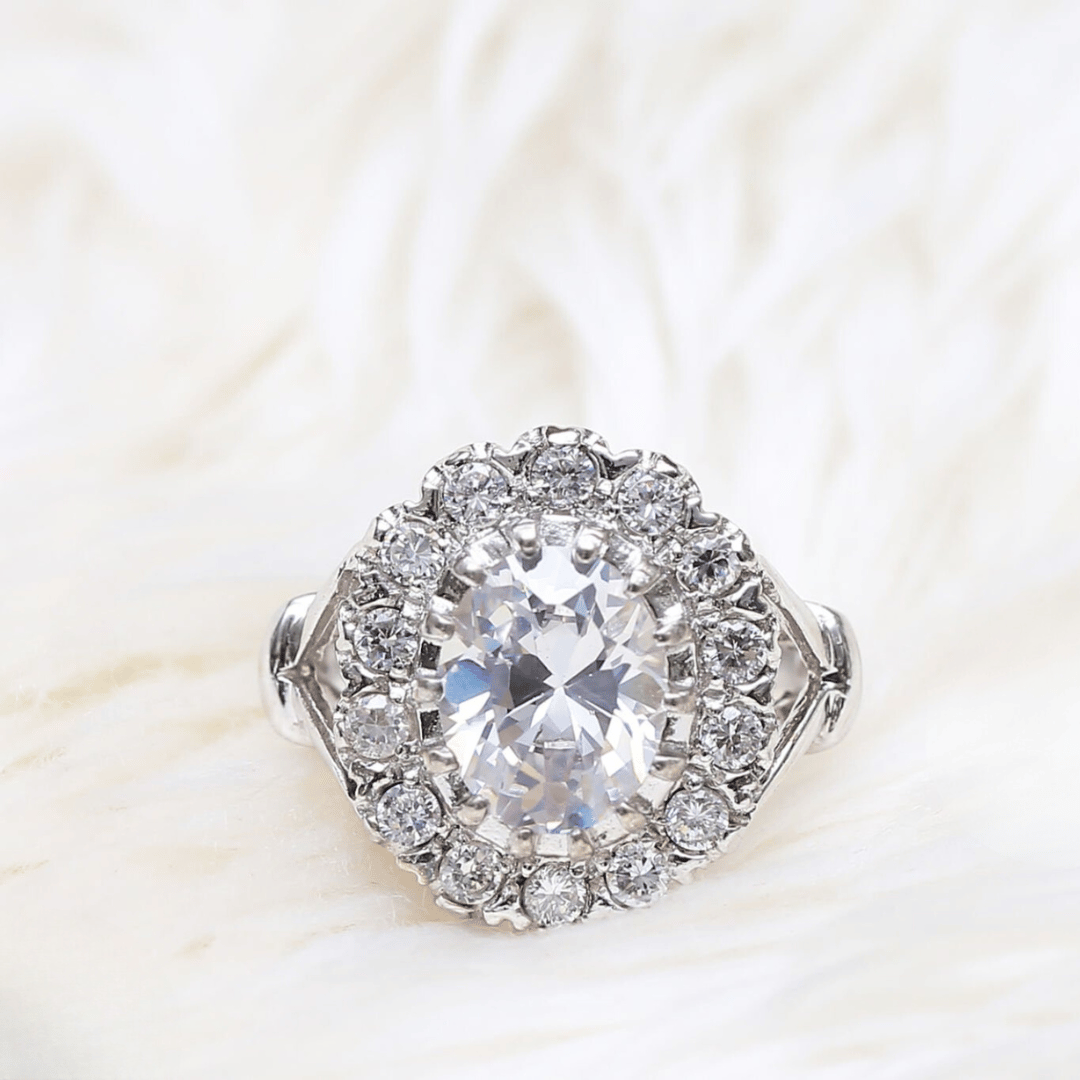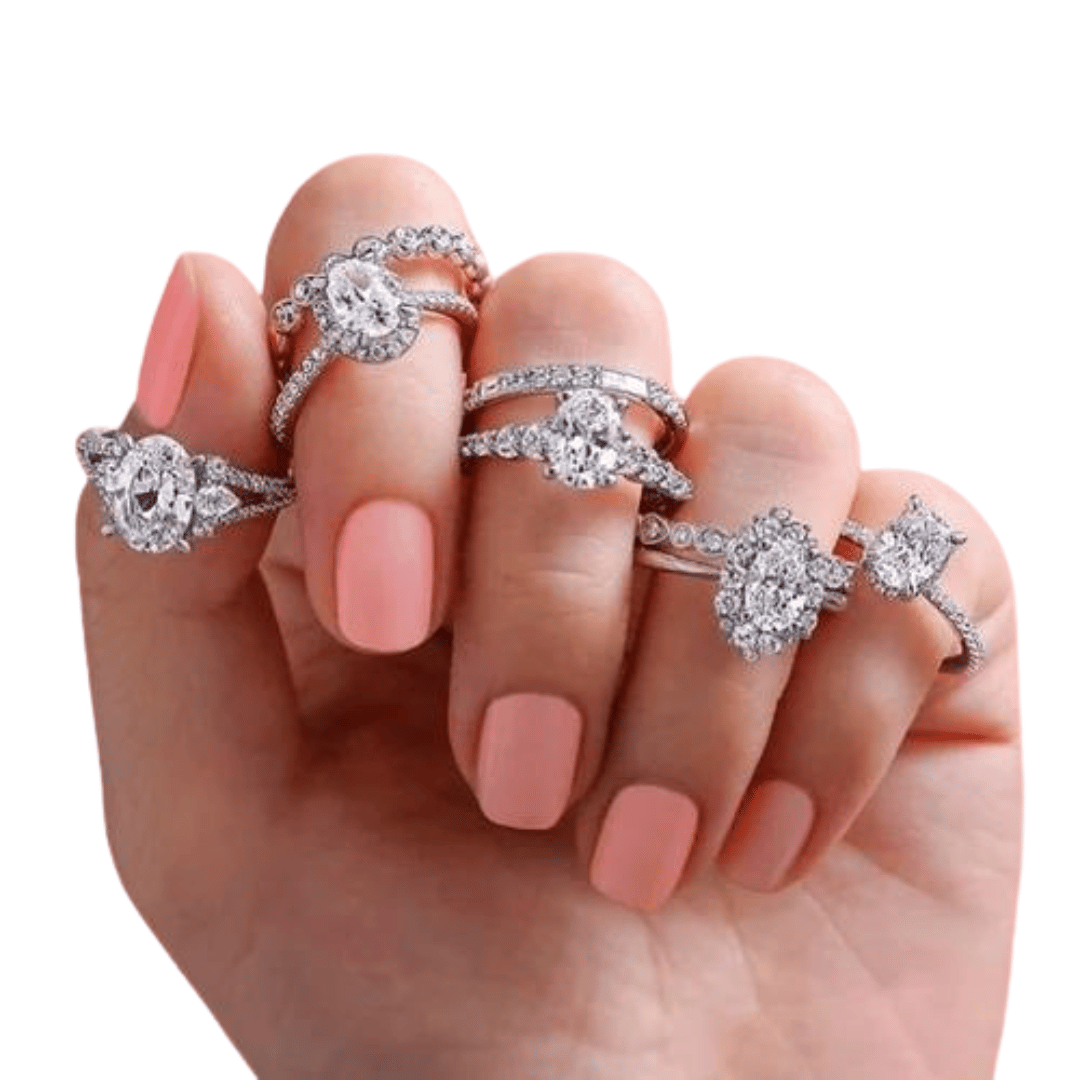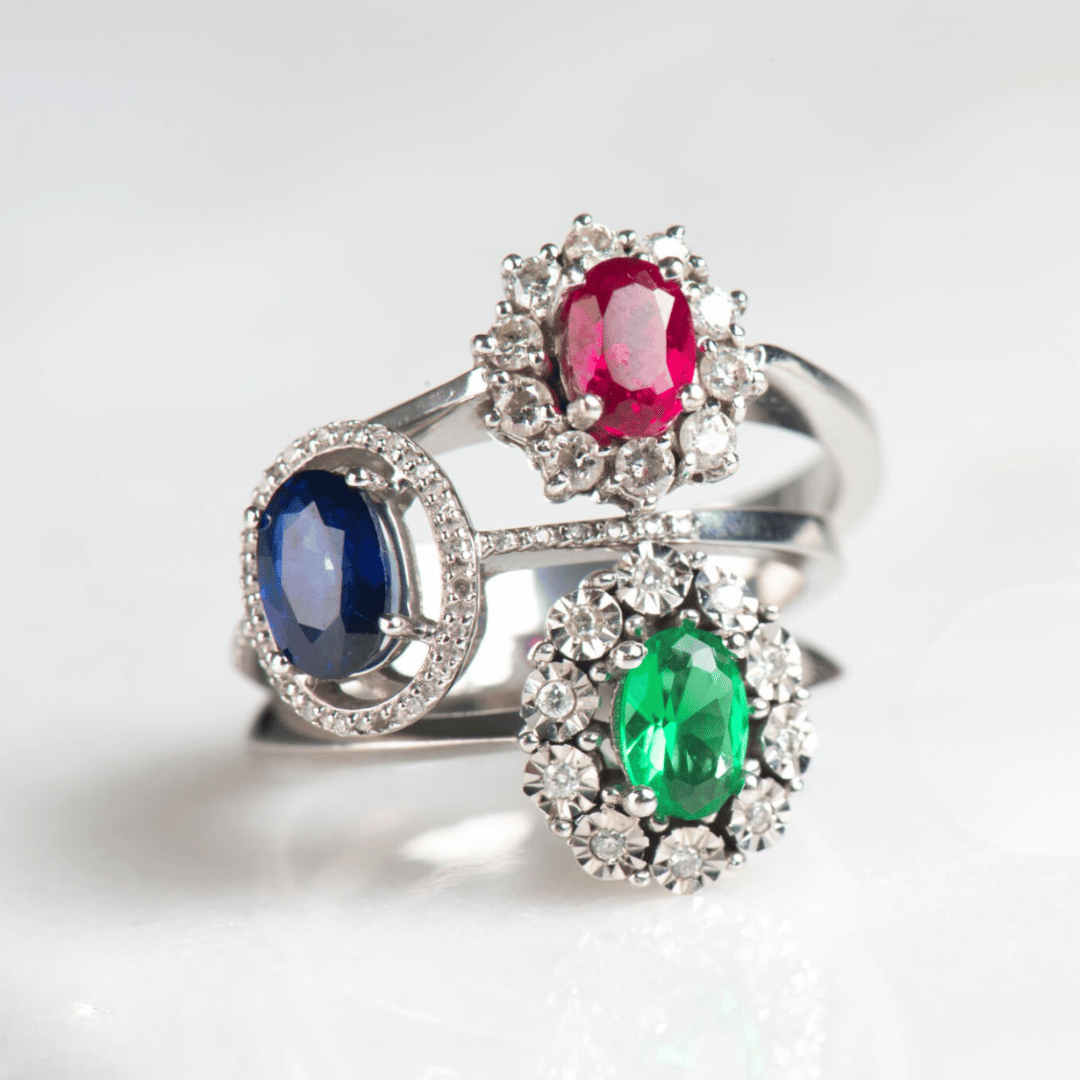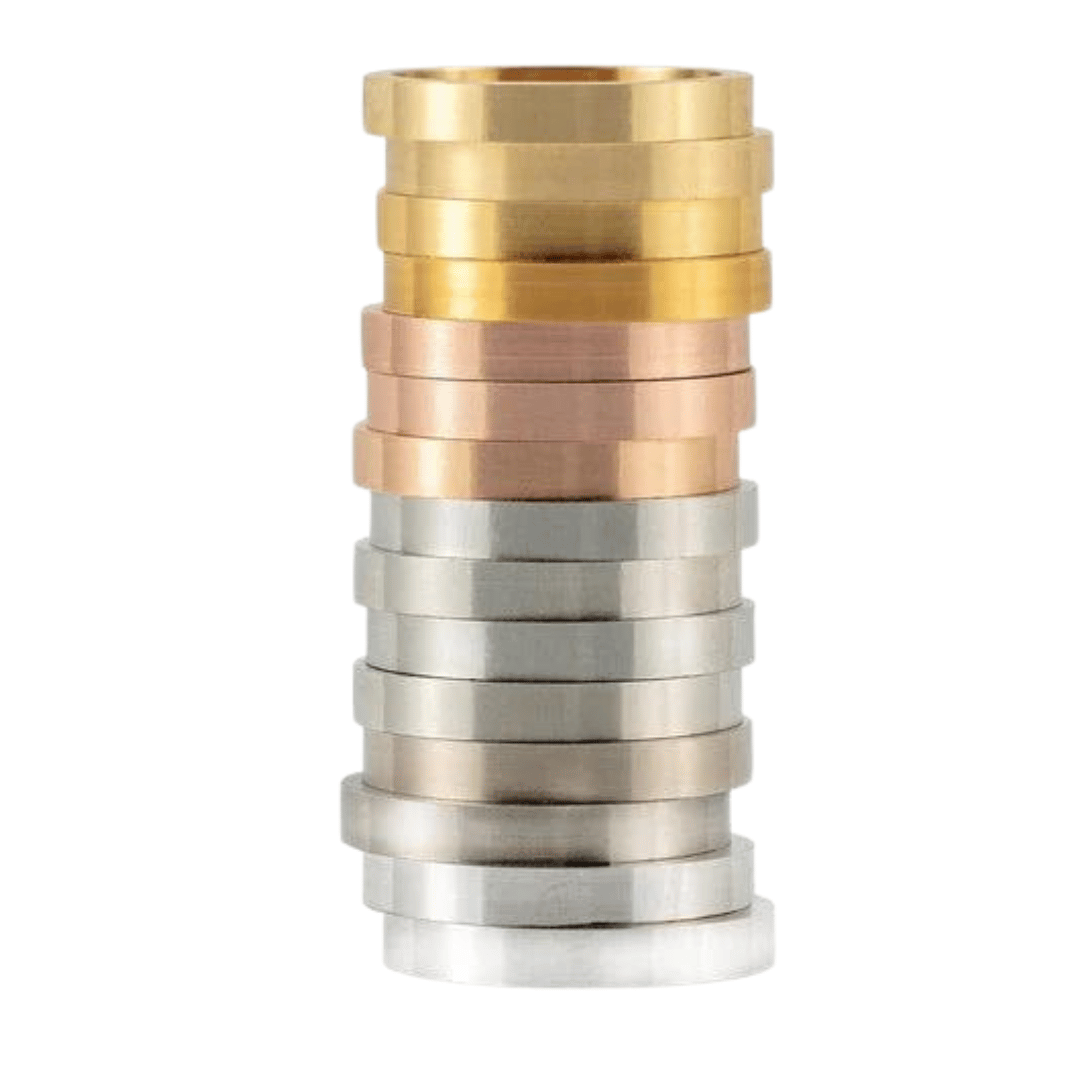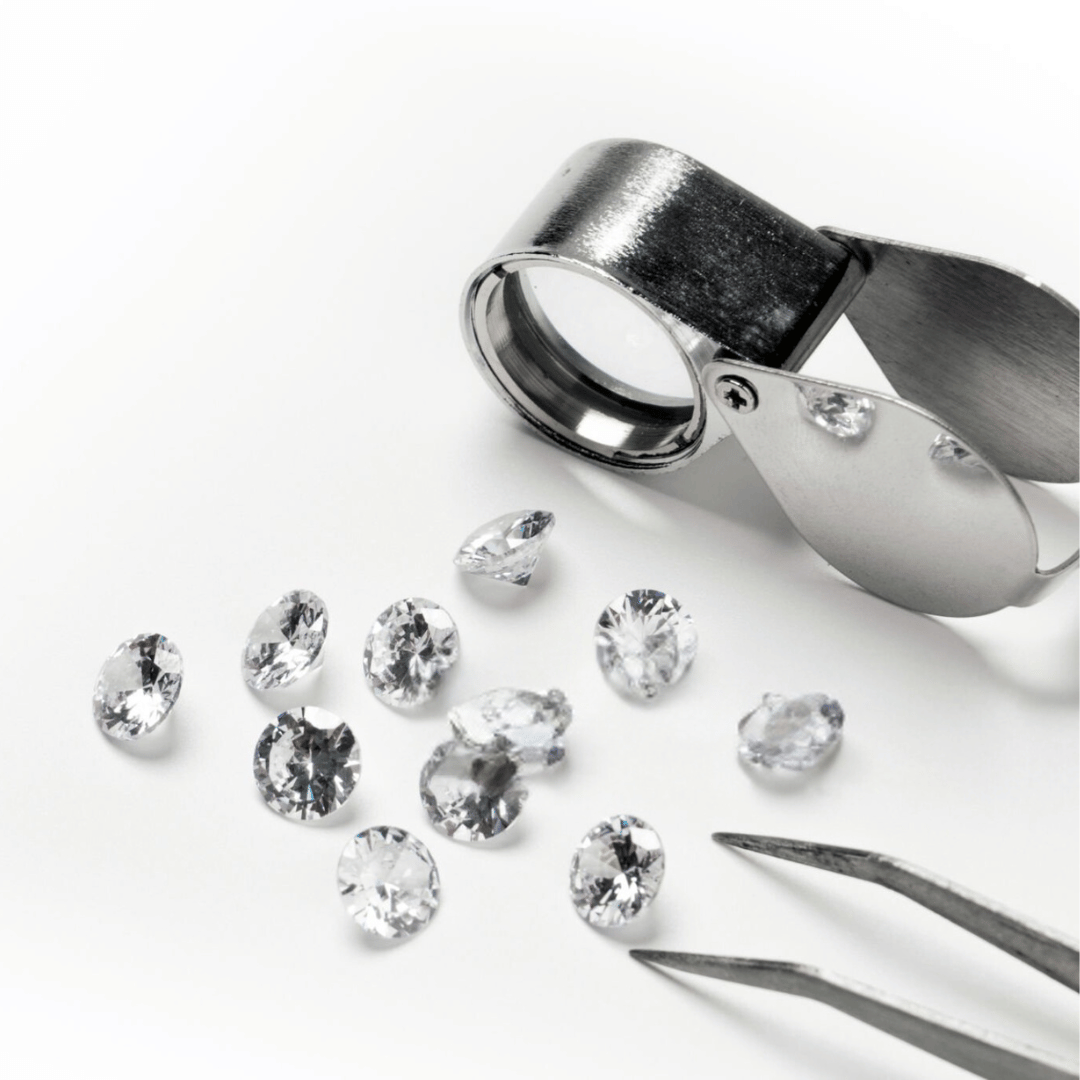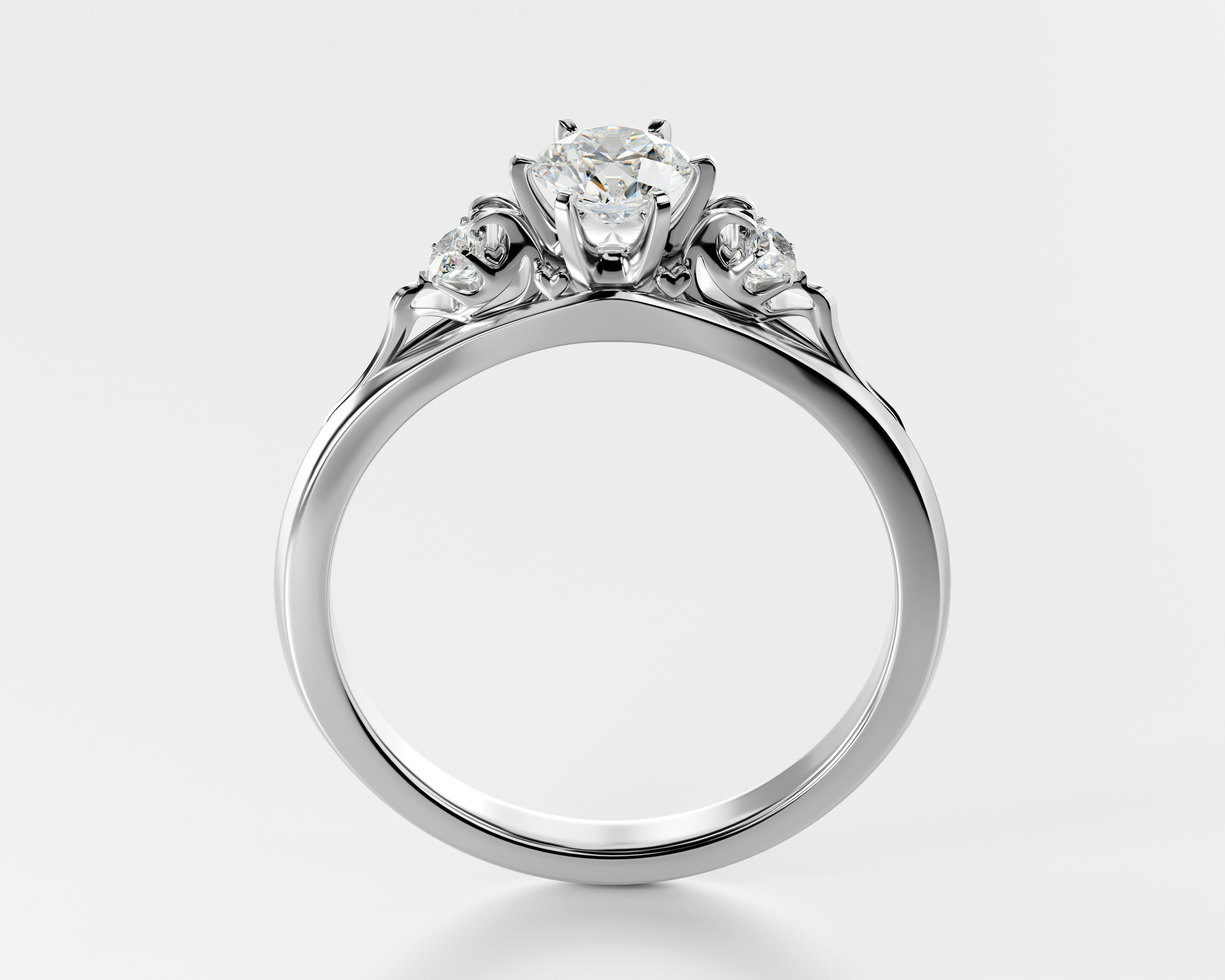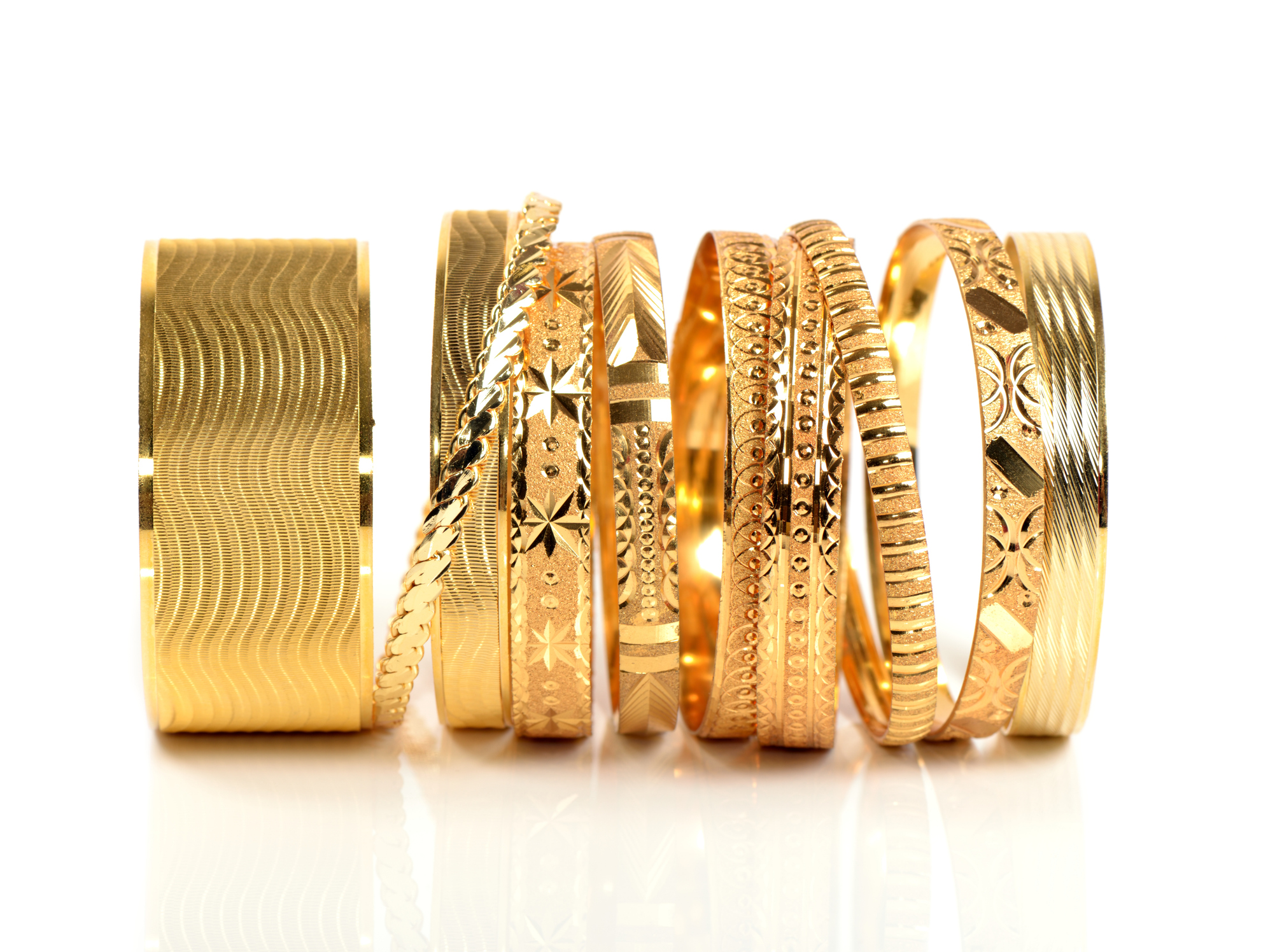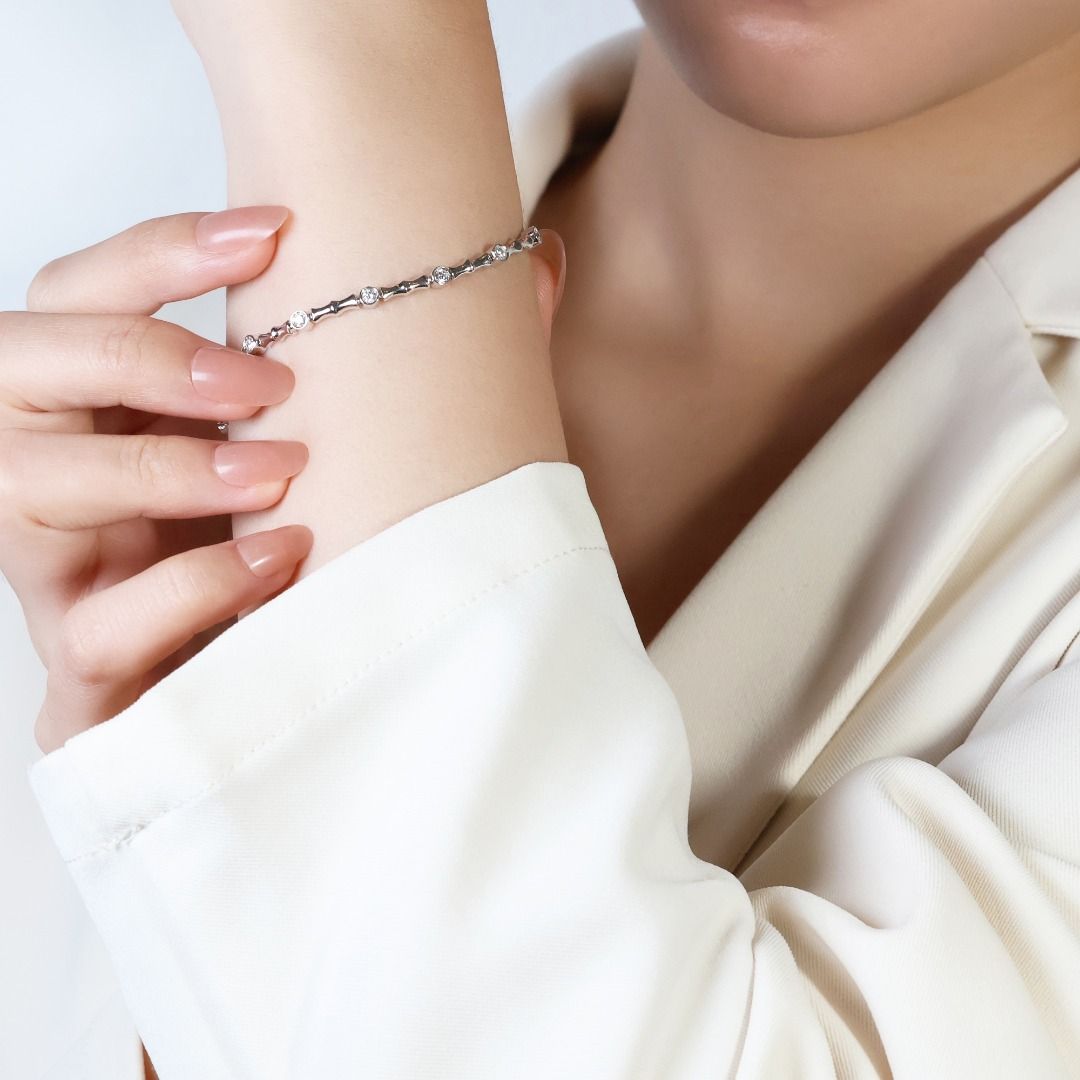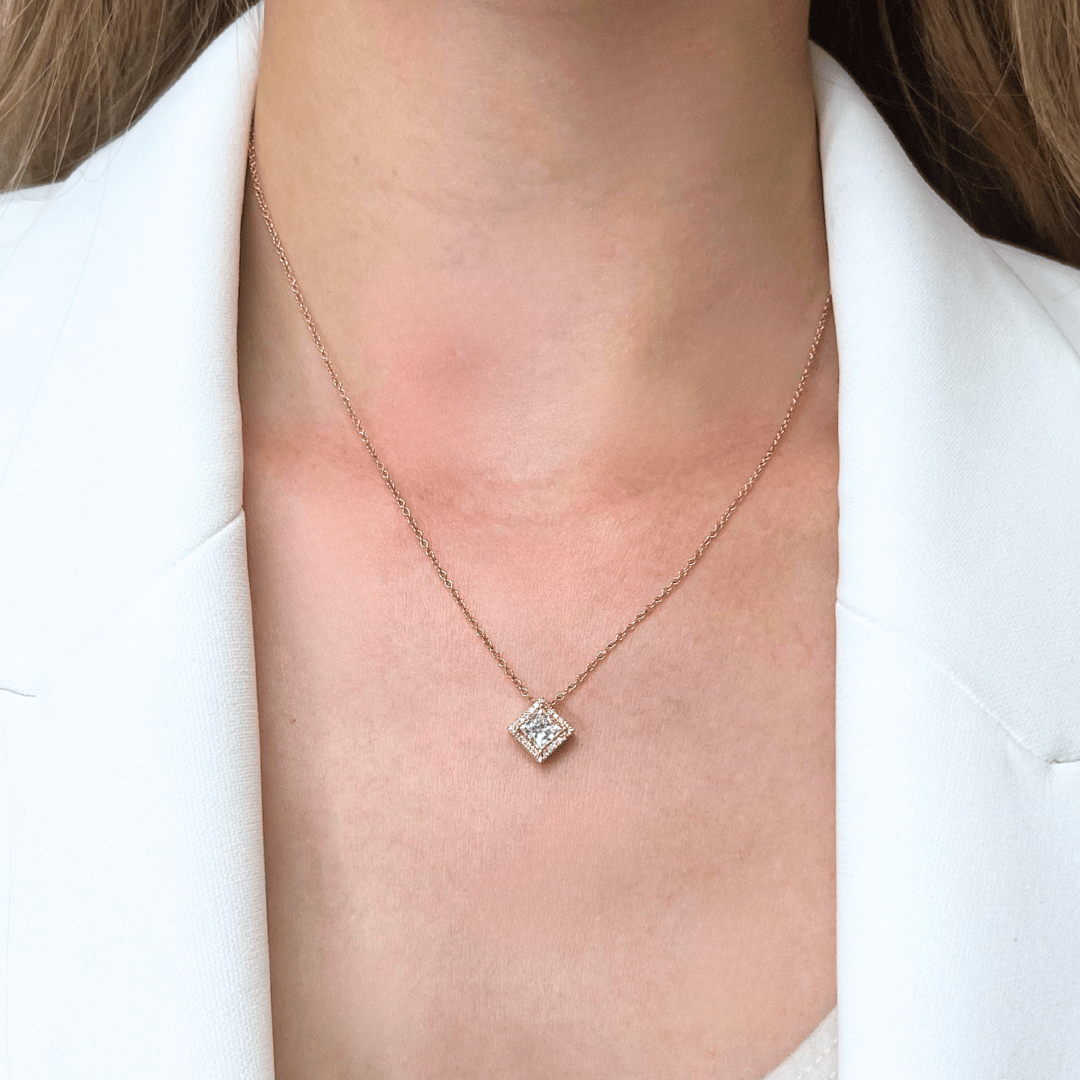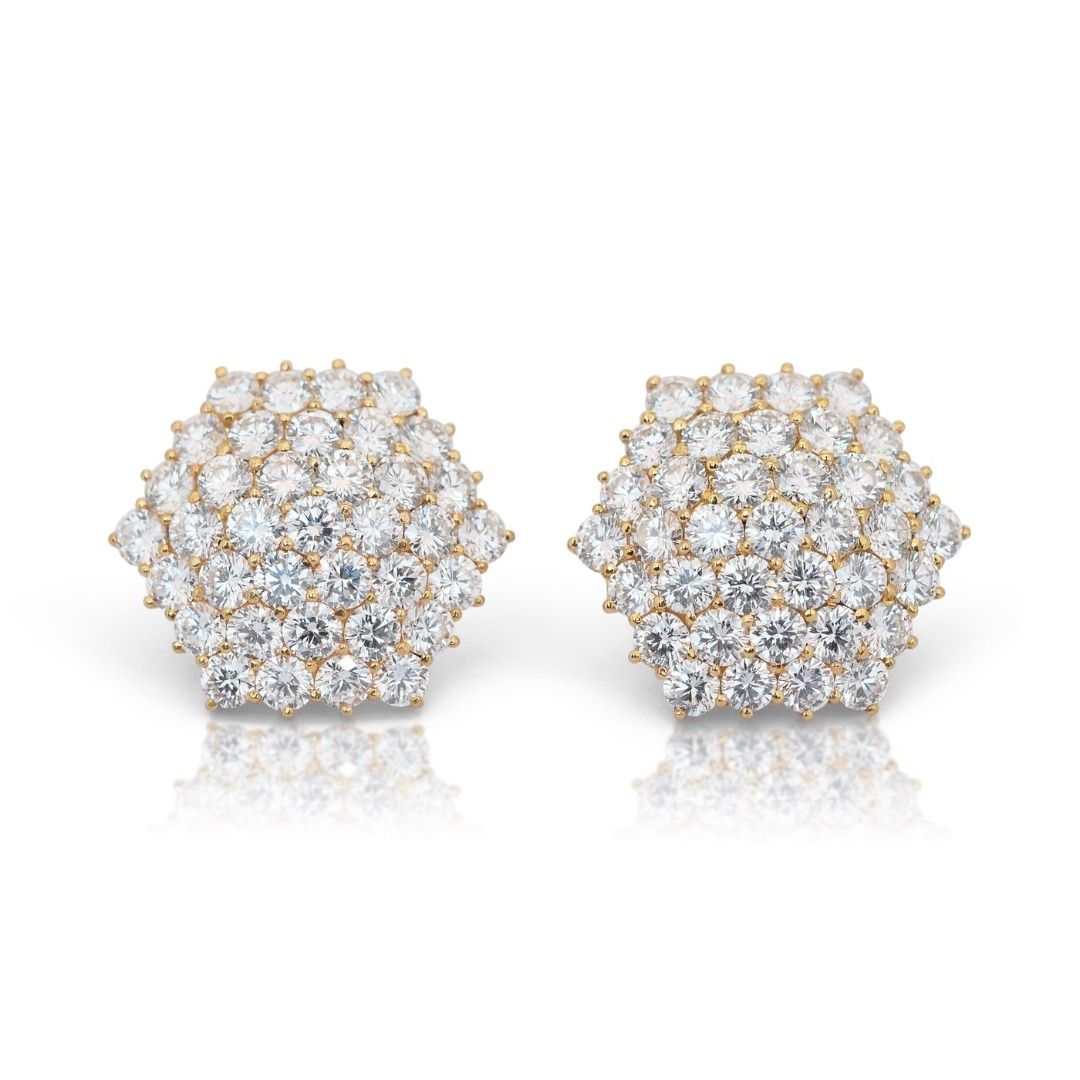Blue Diamond
Blue Diamond
Key Highlights:
- Exquisite Rarity: Blue diamonds rank among the rarest coloured diamonds, surpassed only by a select few colours.
- The Science of Blue: Trace amounts of boron within the diamond absorb yellow light, creating the captivating blue hue.
- Type IIb: The Rarest of the Rare: These blue diamonds possess exceptional purity, making them excellent heat conductors.
- Unearthing Treasures: South Africa’s Cullinan Mine is a primary source for blue diamonds, with other locations like India and Lesotho contributing.
- Polishing Expertise: Israel excels in polishing smaller blue diamonds, while New York and Antwerp handle larger stones.
- A Legacy of Value: Blue diamonds have seen a remarkable price increase over the past decade, with vivid blue stones fetching the highest prices.
- Legends in Blue: The Hope Diamond, Star of Josephine, Tereschenko, Wittelsbach-Graff, Winston Blue – these stones represent the pinnacle of blue diamond history.
After the initial discovery, the journey of a diamond continues to specialized polishing centers around the world. For stones weighing under 3 carats, Israel stands as a global leader, renowned for its expertise in diamond cutting and polishing, thanks to its advanced technology and skilled artisans. However, when it comes to larger, more valuable gems, these often make their way to other prominent hubs such as New York or Antwerp. These cities are famous for their highly trained craftsmen and cutting-edge facilities, ensuring that each diamond is polished to perfection, maximizing its brilliance and value. This intricate process transforms rough diamonds into sparkling treasures, ready to shine in their final form.
1. The Science of Blue
The captivating blue hue isn’t magic, but rather a fascinating interaction of light and science. Trace amounts of boron within the diamond’s crystal lattice absorb yellow light, allowing blue wavelengths to be reflected and perceived by our eyes. This results in a spectrum of blue hues, ranging from pale sky blue to the mesmerizing depths of the ocean. Gemological reports often use descriptive terms like “baby,” “midnight,” or “royal” to differentiate these variations.


2. Type IIb Blue Diamonds
The designation “Type IIb” on a blue diamond’s grading report signifies exceptional rarity. These diamonds possess near-perfect purity, with minimal to no nitrogen impurities – a stark contrast to Type Ia stones that exhibit secondary hues influenced by hydrogen. This lack of nitrogen impurities also grants natural blue diamonds a unique characteristic – they are excellent conductors of heat and electricity, a property not found in colour-enhanced stones.
3. Blue Diamonds are Born
The world’s primary source for blue diamonds is South Africa’s Cullinan Mine, renowned for unearthing treasures like the “Blue Moon” – a 29.6-carat rough stone that fetched a staggering $25 million after being cut and polished. Other notable locations include India’s Golconda mine and Lesotho’s Letseng mine. Interestingly, Zimbabwe stands out as the sole source for blue diamonds exhibiting fluorescence, a captivating optical phenomenon.


4. A Legacy of Value and Allure
The rarity of blue diamonds, coupled with their undeniable beauty, translates to significant value. Over the past decade, the National Coloured Diamond Association (NCDIA) has reported a remarkable 12-17% annual price increase for these stones. Vivid blue diamonds command the highest prices, but even lighter blues can reach astronomical figures, with some exceeding $1 million per carat for stones over 3 carats. Auction records are frequently shattered, with blue diamonds coveted by collectors and investors alike. With only a handful of exceptional blue diamonds entering the market each year, their acquisition becomes a truly extraordinary event.
5. Legends in Blue: A Glimpse into History
The Hope Diamond remains the most famous blue diamond, steeped in a rich history and even surrounded by rumors of a curse. This 45.52-carat grayish-blue stone is now housed in the Smithsonian Natural History Museum, donated by famed jeweler Harry Winston.
Other renowned blue diamonds include the “Star of Josephine,” a flawless 7.0-carat vivid blue gem that set a world record at auction in 2008. The 42.92-carat Tereschenko diamond ranks as the second-largest fancy blue diamond, while the historical Wittelsbach-Graff, from the 1600s, was recut into a 31.06-carat masterpiece by Laurence Graff.
More recently, a 29.6-carat rough blue diamond sold for $25.6 million, and Harry Winston acquired the “Winston Blue,” a flawless, pear-shaped stone, in 2014.
Beyond their monetary value, blue diamonds captivate collectors with their rarity, beauty, and deep historical significance.

Conclusion
In conclusion, blue diamonds represent the perfect harmony between rarity and beauty, making them some of the most sought-after gems in the world. Their exceptional scarcity is due to the unique trace elements, such as boron, that give them their mesmerizing blue hue, creating a play of light and color that captivates all who gaze upon them. This rarity, combined with their stunning visual appeal, gives blue diamonds an almost mythical status, making each one a treasure of unparalleled worth.
From the legendary Hope Diamond, with its storied past and whispered curses, to the modern marvels that fetch record-breaking prices at auction, blue diamonds have woven themselves into the fabric of history. They are more than just gemstones; they are symbols of power, luxury, and the extraordinary forces of nature. Whether appreciated for their scientific wonder, their deep historical roots, or simply their breathtaking beauty, blue diamonds continue to stand as a testament to nature’s ability to craft something truly magnificent. Their allure has endured for centuries and will undoubtedly continue to inspire awe for generations to come.




